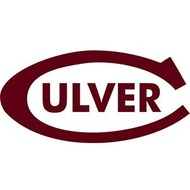(View Complete Item Description)
This kit is a historical overview of American representations of chemicals from the three sisters to the Love Canal. It compares conflicting constructions about nuclear reactor safety, depleted uranium, Rachel Carson and DDT. Through analyzing diverse historic and contemporary media messages, students understand changing public knowledge, impressions and attitudes about chemicals in the environment.
Material Type:
Activity/Lab,
Assessment,
Case Study,
Diagram/Illustration,
Full Course,
Homework/Assignment,
Lesson Plan,
Reading,
Teaching/Learning Strategy,
Unit of Study
Author:
Sox Sperry


















